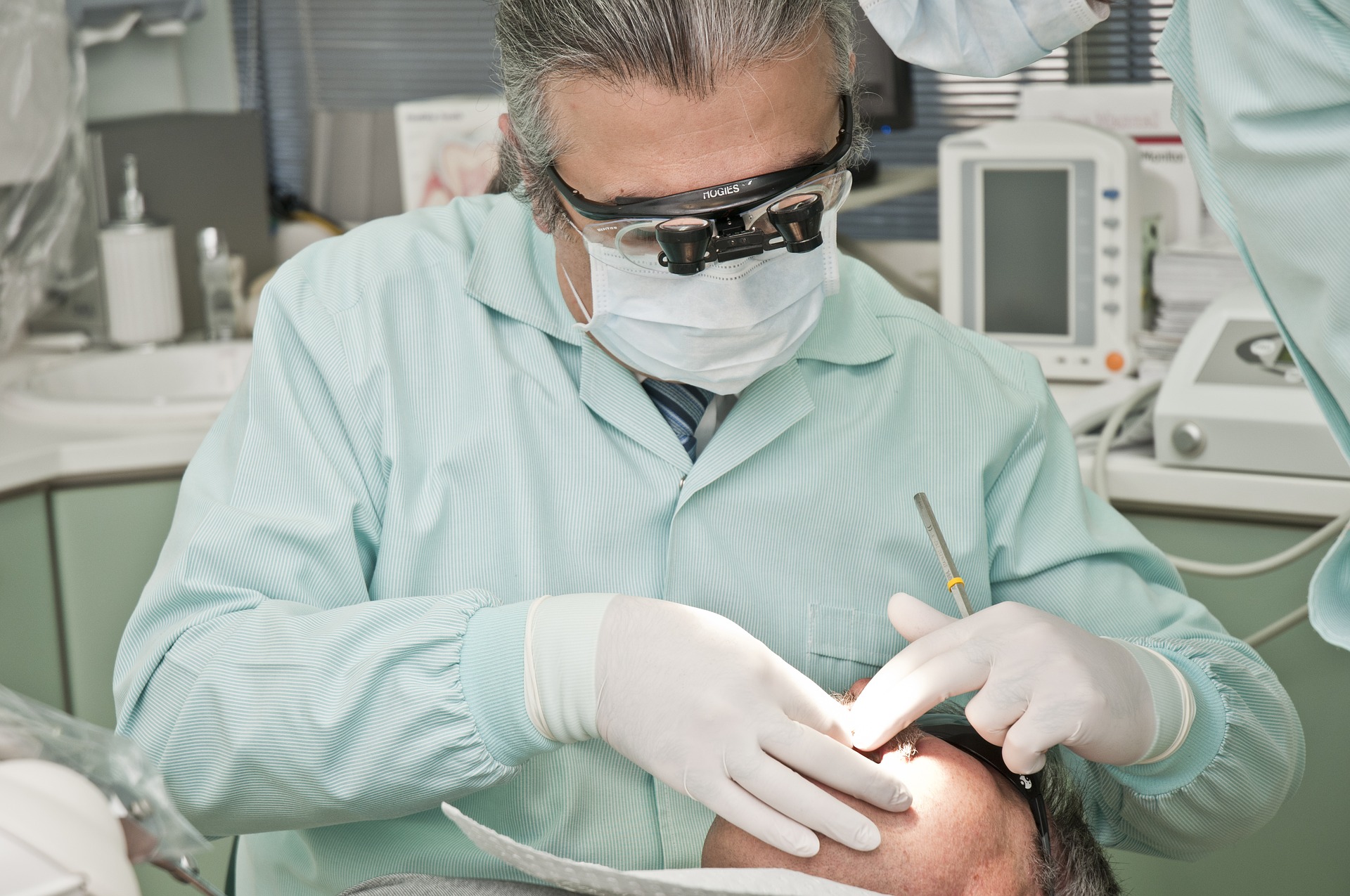The PG’s Survival Story: How a Faulty AC Line Set Nearly Drove Me Out

Life in a Paying Guest Room
Living as a paying guest has its perks—you save money, you meet people, and you get a room without the hassle of setting up an entire house. But the downside? You’re at the mercy of your landlord’s maintenance choices. For More Knowledge:Click here!
When I moved into my PG accommodation, I was promised a “fully air-conditioned room.” As someone juggling late-night studies and early mornings at work, that AC was my lifeline. Little did I know, the real story wasn’t about the air conditioner—it was about the AC line set hidden behind the walls.
The Night Everything Went Wrong
It was June. The kind of summer heat that makes the walls radiate warmth and your bedsheet feel like firewood. I came back after a long day, flipped on the remote, and waited for that heavenly chill. Instead, all I got was a low hum and warm air blowing in my face.
At first, I thought it was just a power fluctuation. But when the same thing happened for three nights straight, I started asking questions.
The landlord shrugged, saying, “The unit’s fine. Maybe it just needs servicing.” But something told me it wasn’t that simple.
The Shocking Discovery
When a technician finally showed up, he explained the issue:
“The cooling isn’t working because the line set is leaking. The copper tubing that carries refrigerant is shot. Thin copper, poor insulation, and it’s bleeding coolant.”
That’s when it hit me—the air conditioner itself wasn’t the problem. It was the Mini Split Line Set silently failing behind the scenes.
The worst part? The landlord wanted to patch it up with tape and a refill of refrigerant, as if a band-aid could fix a broken bone.
Living in a Sauna
For almost two weeks, I lived in what felt like a furnace. Sleep became impossible. My laptop overheated during late-night work. Even my food spoiled faster. mueller line sets
Other PG mates started complaining too, whispering about moving out. That’s when I realized: comfort isn’t just luxury in a PG—it’s survival. Without it, people leave.
The Turning Point
Frustrated, I did what any desperate paying guest would—I searched online. That’s when I stumbled upon Plumbing Supply and More. To my surprise, they weren’t just selling random parts; they had premium Copper Line Sets, HVAC Line Sets, and Mini Split Line Sets that were actually built to last.
I sent the link to my landlord and said, “If you want to keep your tenants, fix it right this time. Don’t waste money on quick fixes.”
Reluctantly, he ordered from them. Within days, the technician swapped out the old tubing with a heavy-duty copper line set, properly insulated and sealed.
Finally, Cold Air Again
The moment I switched on the AC after the replacement, cool air filled the room like a floodgate had opened. For the first time in weeks, I slept through the night. The landlord even admitted, “I should’ve done this earlier—it’s cheaper in the long run.”
The Lesson for Every PG Owner
If you run a PG, here’s the truth:
Comfort equals retention. Guests won’t stay where they can’t sleep.
Line sets matter. Don’t ignore the copper tubing—it’s the backbone of every AC unit.
Invest once, save twice. Buying from a trusted supplier like Plumbing Supply and More saves you from constant repairs and angry tenants.
Why This Story Matters
For a paying guest, an AC isn’t just an appliance—it’s survival. And for PG owners, the right AC line set can be the difference between full rooms and empty beds. To learn more:Click here!
So the next time someone says the air conditioner isn’t working, don’t just look at the unit. Look at the hidden hero—or culprit—the line set.





